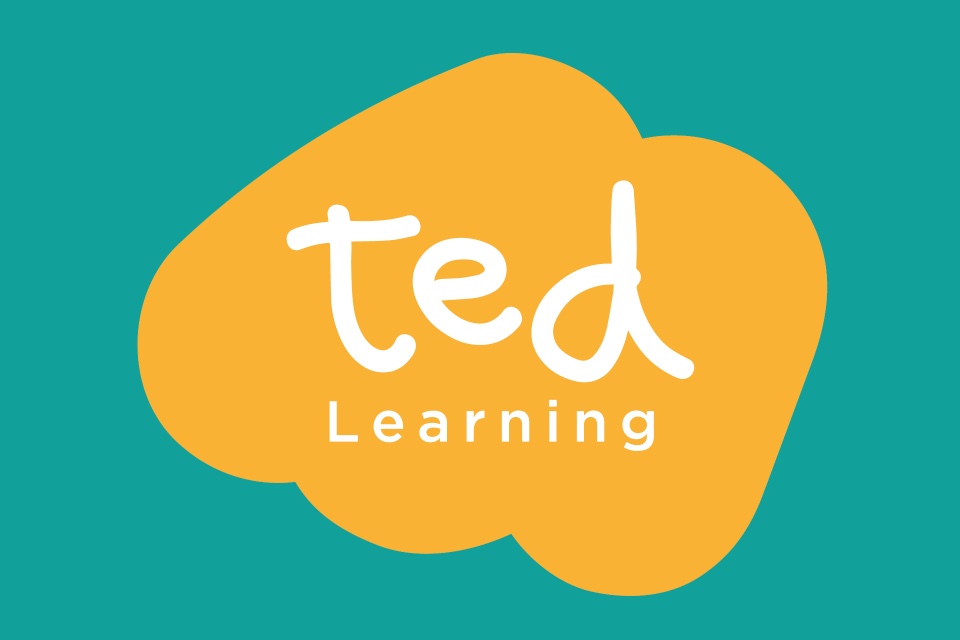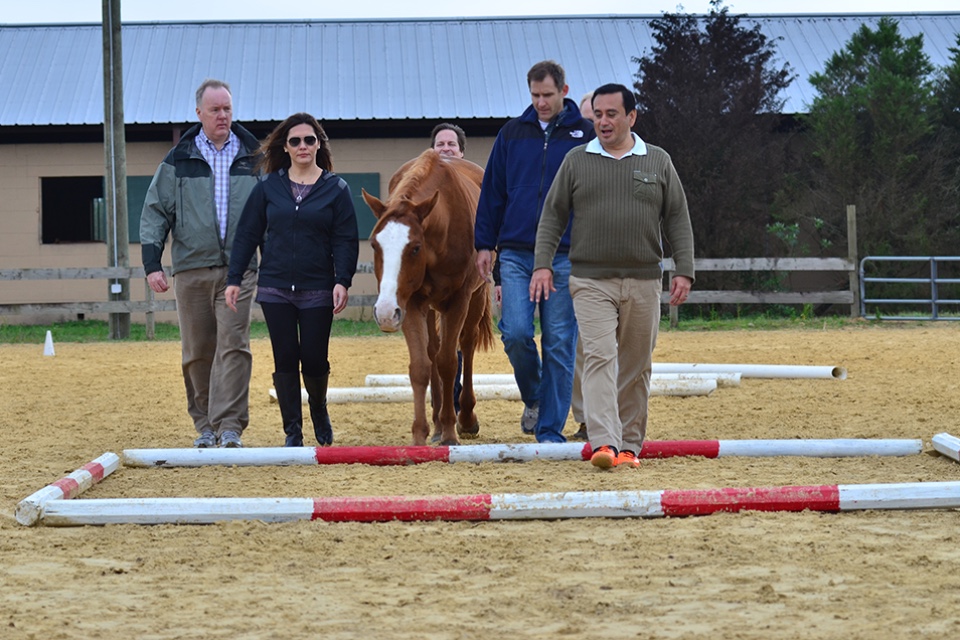At ted Learning, we believe learning should be educational, an experience, create empathy (for what is trying to be achieved or changed) and be embedded into an organisation.
Of course, we all want learning to be educational – for learners to walk away having learnt something they either didn’t know beforehand or have an understanding of a different way of approaching something. We have probably all been on a tick box experience though, where the focus is being able to evidence that a course was attended rather than learning have taken place.
So, let’s look at the experience. Learning has been successful for many many years with the traditional approach of see and hear. Whether its handouts, PowerPoint slides, discussion, or presentations, we know we can learn in this environment.
We have used the drama-based approach for 10+ years and see huge value in creating an experiential learning environment that appeals outside the traditional senses of see and hear by also appealing to feeling (this is where the empathy element kicks in). IF learners feel connected, challenged, moved by what they experience, the learning tends to resonate more.
Inclusion, Equality and Diversity training can be a very dry, compliance-based course. Our approach, has been using real case studies and drama to lift tribunal and HR cases off the paper into scenarios that learners observe and discuss. By seeing, hearing, and feeling the case study, people often appreciate the impact behaviour can have on others – sometimes reflecting on their own behaviour or recognising behaviour they have seen and should have questioned or challenged. One learner recently commented they felt uncomfortable by watching a drama scene. We create a safe space to discuss and explore why this feeling has been experienced. Reading it on paper would not have had the same impact on them and this is the value of creating an experience.
So how is this embedded? Organisational change is achieved by learners really connecting with the scenarios, the experiences, even the characters in some cases. One of our clients connected so much to a factitious character we created called Brian, departments that hadn’t even attended the training asked who he was. Brian became embedded and whenever people had a customer situation that we had demonstrated, they asked “How would Brian want to feel?”.
So, let’s make learning an experience. Regardless of the subject matter, there is no excuse for boring. Training should be fun, engaging and impactful.









